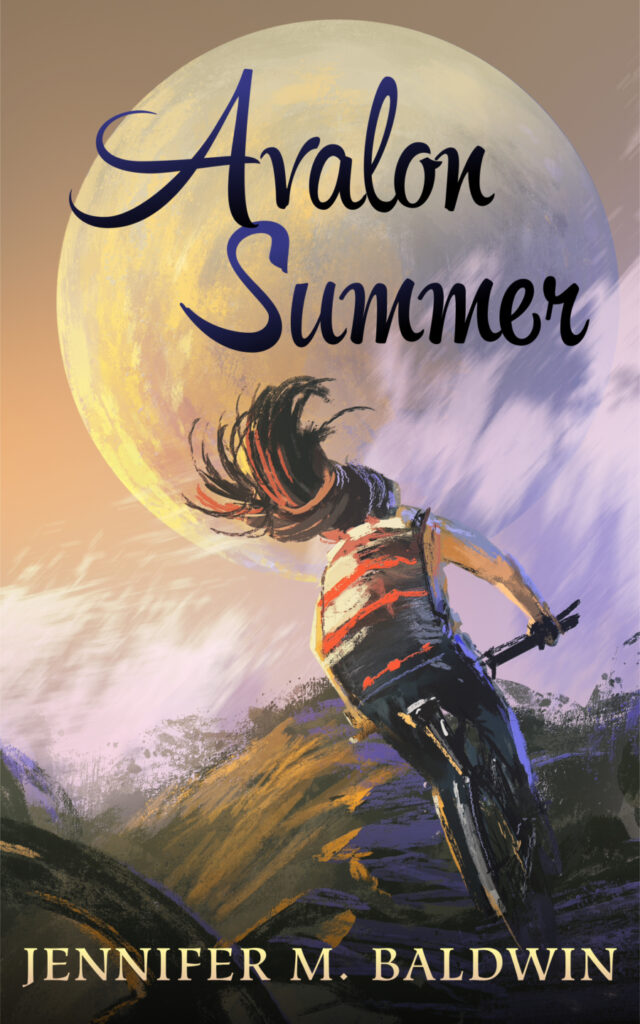My husband and I were discussing the concept of “bucket lists” the other day, and I have to confess, I don’t really have a bucket list of grand things I’d like to do before I die. I’m lucky enough to have traveled to Europe twice, and I’ve been to a bunch of U.S. states, and other than going to the British Isles, there’s nowhere I’d regret not seeing. I have no desire to sky dive, or run a marathon, or get a tattoo. I’ve eaten pasta in Italy, ridden in a gondola in Venice, been to Times Square, and I already play the guitar. So the popular bucket list items don’t cast any spell over me.
But in reading this interview with Neil Gaiman over at the Barnes & Noble Sci-Fi and Fantasy blog, I realized that I do have a “bucket list” of sorts. It’s not a list of things I’d like to do before I die; it’s a list of authors I want to read before I die. These are authors that I’ve always been intrigued by — that I’ve always planned to read — but for one reason or another, I’ve never gotten around to them.
Such as Diana Wynne Jones (who was mentioned in the Gaiman interview). She’s just the sort of novelist that I would want to read and it still amazes me that I never have. The titles alone are alluring: Witch Week, Howl’s Moving Castle, Dark Lord of Derkholm, The Ogre Downstairs, A Tale of Time City. Why haven’t I read any of her stuff??? She’s on the bucket list.
Next is Agatha Christie. I was a huge fan of mysteries as a kid — so much so that my parents got me a subscription to the Alfred Hitchcock Magazine when I was ten-years-old — but the grand dame of mystery fiction somehow never ended up in the reading pile. She’s definitely on the bucket list (and I just downloaded one of her books to my kindle).
Graham Greene is another bucket lister due to several reasons:
1. He was Catholic and wrote about Catholic themes (though in an awesome way, not in some lame, preachy, bad-art kind of way). I am also Catholic, so I’m keen to read him.
2. He wrote screenplays for The Fallen Idol and The Third Man, two of my favorite British films from the 1940s.
3. He also wrote film reviews, so I feel an affinity for him as a cinephile.
4. I need to read more non-fantasy/sci-fi fiction and his books all sound interesting.
Anne McCaffrey’s Pern books are also on my list. Mostly because my husband loved them as a teenager, and they meant a lot to him and I want to share that with him. But also because I once had an old copy of McCaffrey’s Dragonsinger that my aunt gave to me but that I never read. I started to read it once, but then I put it down (for whatever reason). And then I lost the book. And yet the cover art has always haunted me and seeing it takes me back to cold November days at my grandmother’s house (which is where my family lived for awhile) when I was only nine or ten, and I lived and breathed fantasy adventures, role-playing games, King Arthur, and Tolkien, and my aunt and uncle would come over and we’d order Chinese food and play the Dark Tower board game.
I wish I still had that copy of Dragonsinger. And I plan to one day read Anne McCaffrey. She’s on the bucket list.

Finally, I feel like I really need to read some Tolstoy. Anna Karenina sounds more appealing, but I’m down with reading War and Peace too. I’ve often heard he’s one of the greatest novelists, so I’d like to see for myself. Plus, I like Russian stuff.
I’m sure I’ll think of more bucket list authors, but for now, if I died tomorrow, these are the ones I would regret not reading.







